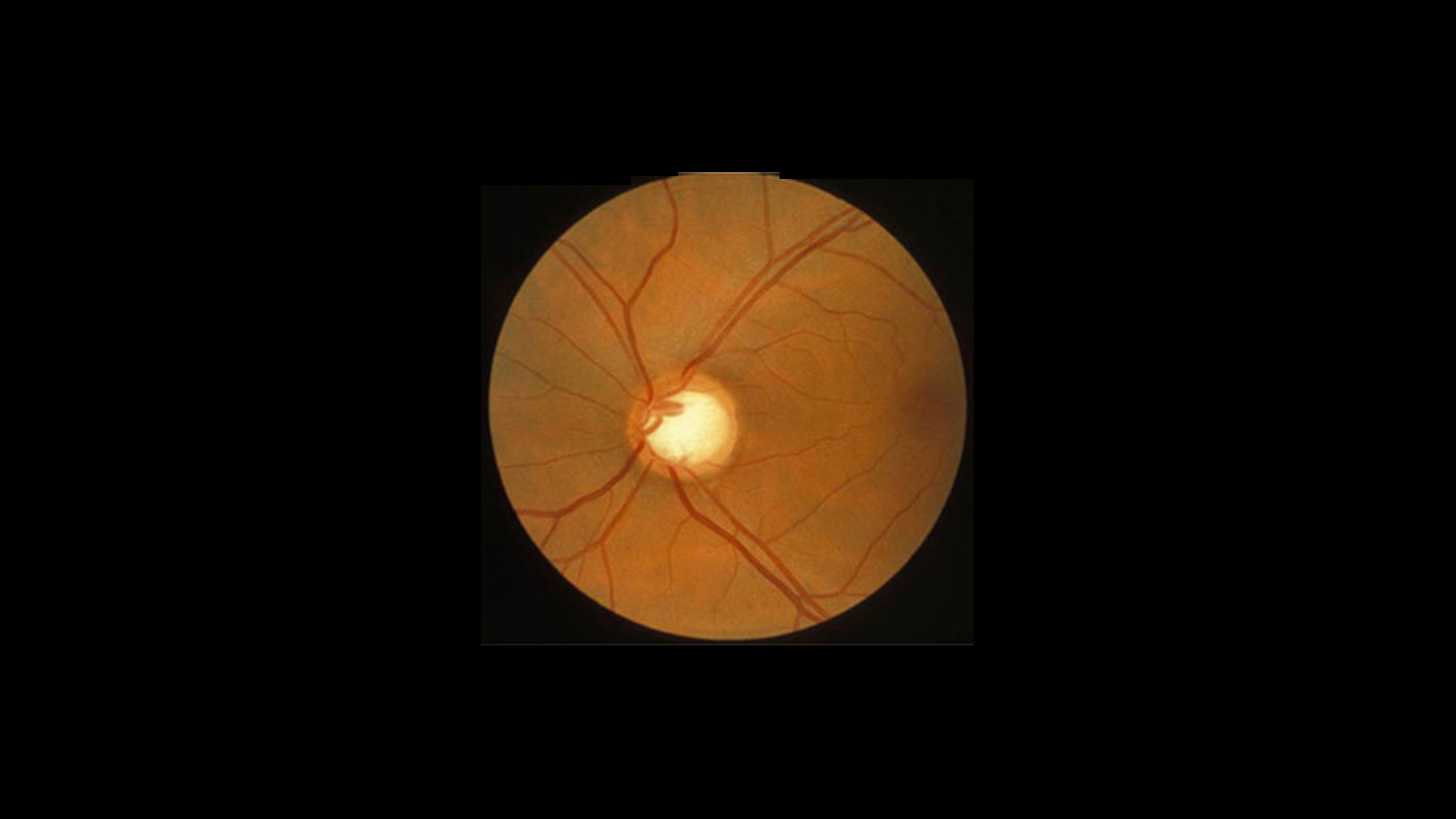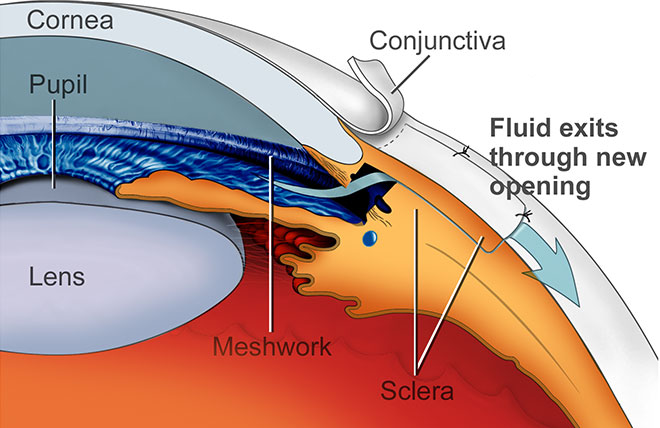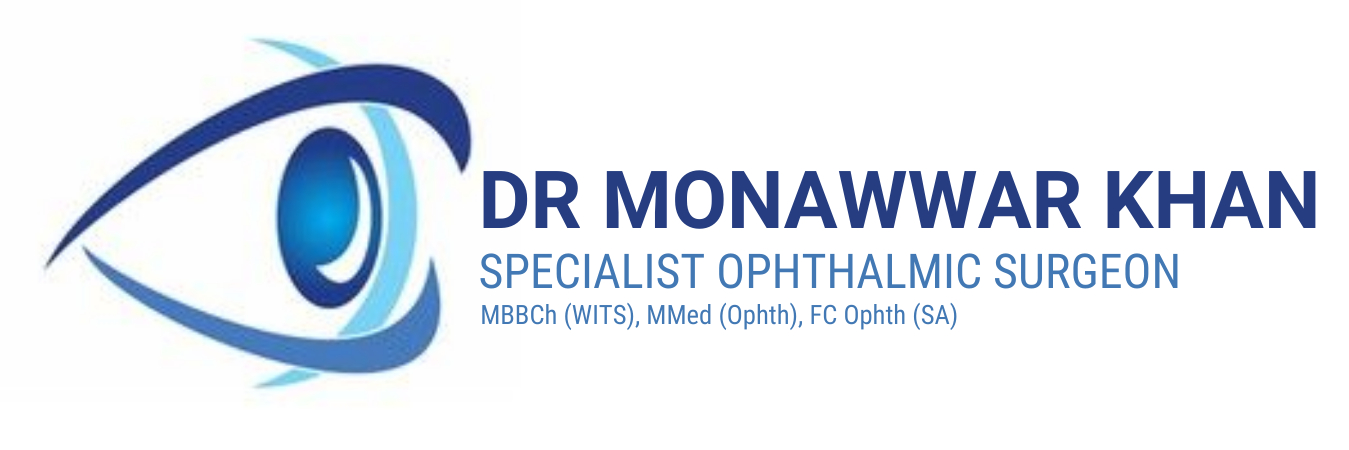
Glaucoma
All glaucoma surgery procedures (whether laser or non-laser) are designed to accomplish one of two basic results: decrease the production of intraocular fluid (aqueous humor) or increase the outflow (drainage) of this same fluid. Occasionally, a procedure will accomplish both.
Currently the goal of glaucoma surgery and other glaucoma treatment is to reduce or stabilize intraocular pressure (IOP). When this goal is accomplished, damage to ocular structures — especially the optic nerve — may be prevented.
No matter the treatment, early diagnosis is the best way to prevent vision loss from glaucoma. See your eye care practitioner routinely for a complete eye examination, including a check of your IOP.
 Depending on the type of glaucoma you have, different treatment options may be considered.
Depending on the type of glaucoma you have, different treatment options may be considered.
Non-surgical options include the use of topical eye medications (glaucoma eye drops) or oral medications (pills).
Most cases of glaucoma can be controlled with one or more drugs. But some people may require surgery to reduce their IOP further to a safe level by improving the outflow or drainage of fluids. Occasionally, surgery can eliminate the need for glaucoma eye drops. However, you may need to continue with eye drops even after having glaucoma surgery.



